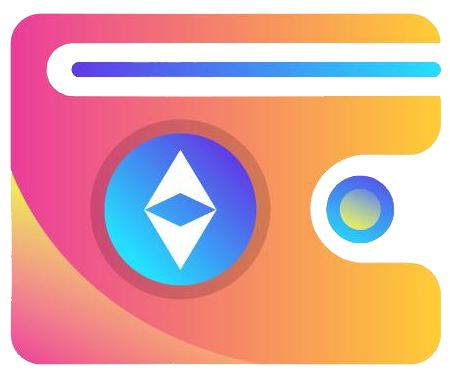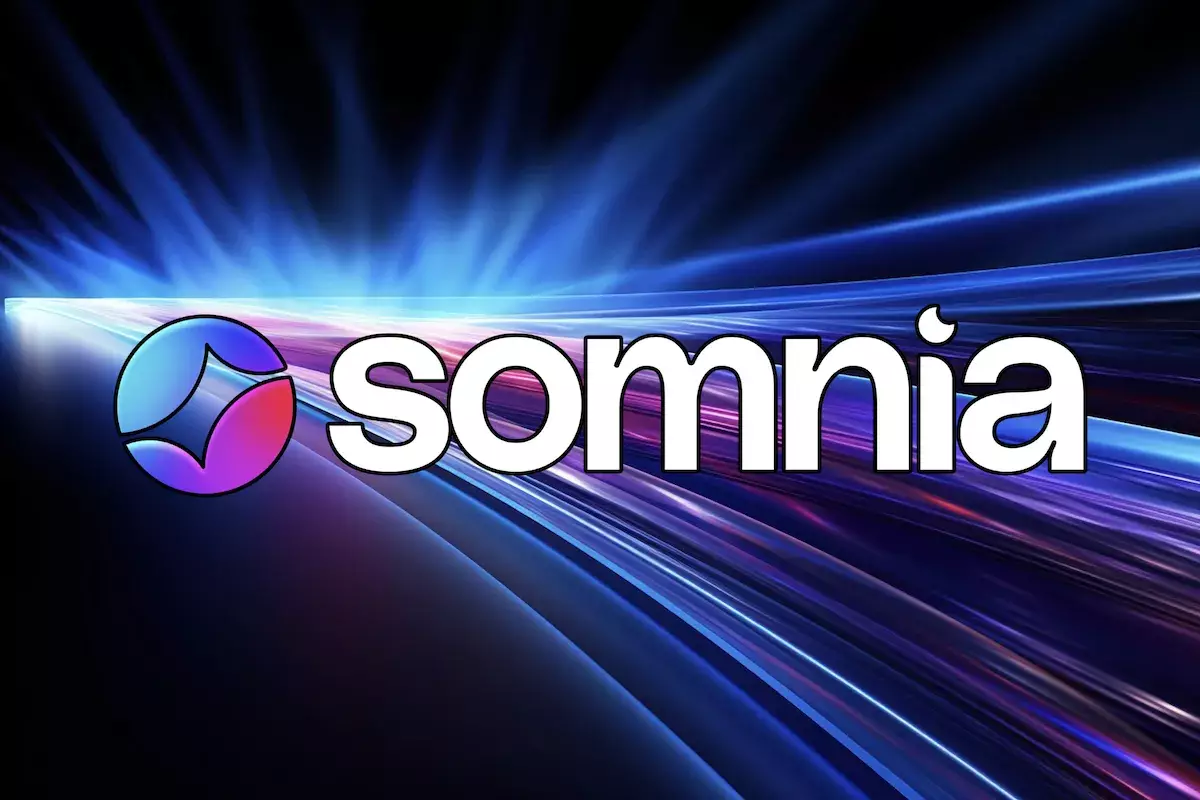Blockchain technology has made significant strides over the past decade, yet challenges such as scalability, transaction speed, and cost-efficiency have hindered its wider adoption. Somnia, an ambitious Layer-1 blockchain project, has recently unveiled promising results from its Devnet tests that may redefine expectations in the blockchain landscape. This new protocol is designed specifically for decentralized applications (dApps) that require robust and efficient performance, promising speeds that could catalyze a shift in how blockchain applications are developed and utilized.
The benchmarks set by Somnia are staggering. Most notably, the blockchain reportedly managed to execute up to 1.05 million ERC-20 token transfers per second (TPS) under conditions simulating real-world usage. Such speeds challenge the conventional limitations that users and developers have come to expect from blockchain technology. The ability to mint 300,000 NFTs every second while maintaining a mere 100 milliseconds average block time is equally impressive. This means that, for developers working in increasingly competitive environments, Somnia can provide the necessary infrastructure to support high-demand applications without facing bottlenecks.
Moreover, the successful execution of 50,000 Uniswap trades per second highlights Somnia’s capacity to handle intensive trading activities, vital for decentralized finance (DeFi) applications. A decentralized exchange needs to manage significant transaction volumes without lag, and Somnia’s success in this domain suggests it can accommodate substantial surges in user engagement.
A significant aspect of Somnia’s breakthrough lies in its architectural design. Developed by Improbable, Somnia employs a custom Ethereum Virtual Machine (EVM) compiler and advanced data compression techniques. The custom EVM allows for amplified transaction processing speeds, effectively adapting the blockchain’s operations to align with high-performance requirements. Such adaptability is critical in a landscape where developers often encounter performance-related bottlenecks.
Additionally, a significant technical feat has been achieved with IceDB, a specialized database that boasts read-and-write speeds in the nanosecond range, clocked between 15 to 100 nanoseconds. This level of efficiency results in exceptionally low transaction costs, often lingering below a penny, making it financially viable for developers and users alike.
Somnia’s suite of technological innovations significantly strengthens its case as both a fast and economical platform for building diverse applications—from gaming to finance—indicating an extensive possibility for on-chain operations without the typical limitations.
Paul Thomas, the Founder and CEO of Somnia, has expressed optimism regarding the results from the Devnet tests, characterizing them as validation of the project’s strategic vision. His remarks emphasize how these findings not only meet expectations but also set the stage for a new paradigm in blockchain technology. As he elucidated, the blend of high speed and scalability paves the way for fully on-chain applications, eliminating many barriers developers currently face.
The impending launch of Somnia’s public testnet will allow developers and community members to explore the platform’s capabilities firsthand. This move is crucial for fostering engagement and collaboration within the developer community. Early adopters have the opportunity to innovate using Somnia’s robust infrastructure, building diverse applications without the ever-looming concern of slow transaction speeds or high fees.
As the blockchain ecosystem evolves, Somnia represents a significant breakthrough that could inspire an entire generation of developers to rethink the way they build decentralized applications. By addressing critical pain points in performance and cost, Somnia may well usher in a new wave of innovation in the realm of Web3. If the Devnet results are any indication, we may be on the verge of a revolution where the limitations traditionally associated with blockchain technology are thoroughly overcome, thus enabling the next frontier of digital experiences. For developers and users alike, Somnia’s achievements provide a glimpse into a future where blockchain operates at the forefront of technological advancements, fully supporting the demands of a rapidly changing digital landscape.















